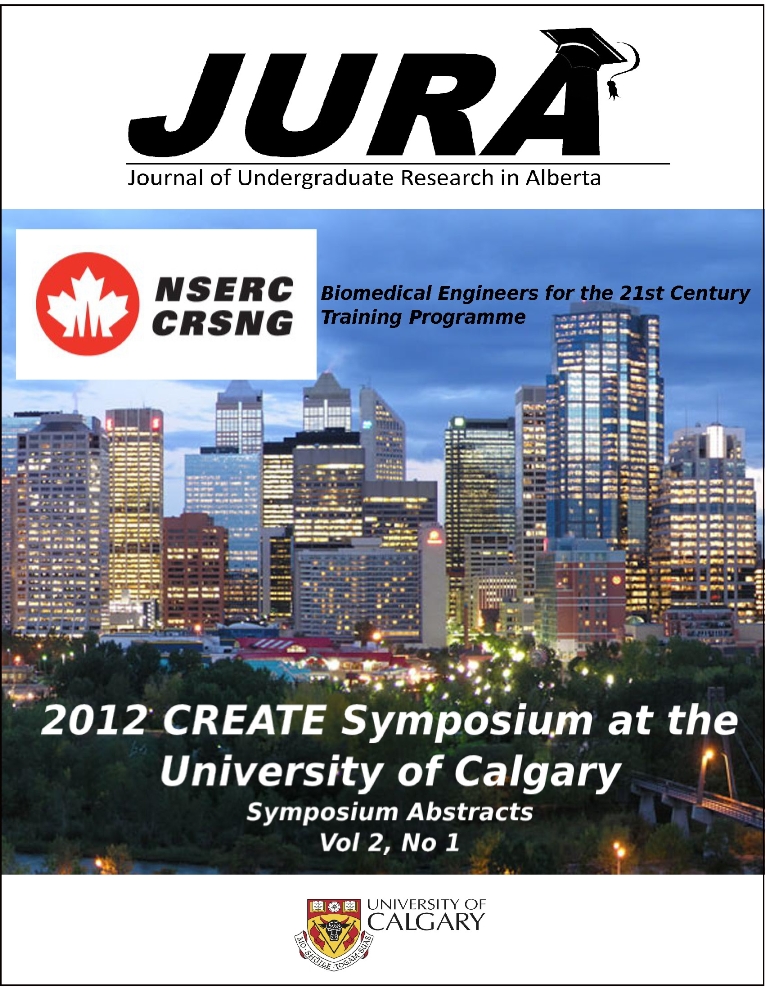The Long-Term Effects of ACL Reconstruction on Bilateral Limb Asymmetry in Elite Alpine Skiers
Abstract
Research on the causation and prevention of anterior cruciate ligament (ACL)injuries in elite alpine skiers has been conducted for numerous years yet the incidenceof ACL injuries remains high for both female and male skiers. High rates of re-injuryare also prominent due to the internal muscular forces and external environmentalforces combined with known neuromuscular changes following ACL reconstruction(ACL-R). The objective of this study was to characterize long-term bilateral asymmetryin thigh volume and multi-joint movements in elite national alpine skiers. Seven femalenational skiers, 3 with ACL-R and 12 males, 4 with ACL-R performed two dynamicmulti-joint closed-chained movements: squat jumps (SJ) and countermovement jumps(CMJ). Vertical ground reaction forces of both legs was measured simultaneously via aPasco Passport 2-Axis Force Platform Model PS2142 at a sampling frequency of 500Hz. Five consecutive jumps were performed and the best trial was analyzed. DEXAscans measuring thigh muscle volume were also performed. The results showed thatACL-R skiers displayed a significant bilateral asymmetry in the final ascent phaseof jumping for both the SJ (p=0.0002) and CMJ (p=0.0007). The ACL-R skiers alsodisplayed a significantly greater bilateral asymmetry in thigh muscle volume (p=0.002).In conclusion ACL-R skiers exhibit long-term bilateral asymmetries despite long postoperativeperiods, rehabilitation and full return to sport. The mechanism underlyingthese asymmetries is unclear although future research should include attention onneural factors.Downloads
Download data is not yet available.
Downloads
Published
2012-10-25
Issue
Section
Articles
License
Authors retain all rights to their research work. Articles may be submitted to and accepted in other journals subsequent to publishing in JURA. Our only condition is that articles cannot be used in another undergraduate journal. Authors must be aware, however, that professional journals may refuse articles submitted or accepted elsewhere—JURA included.


